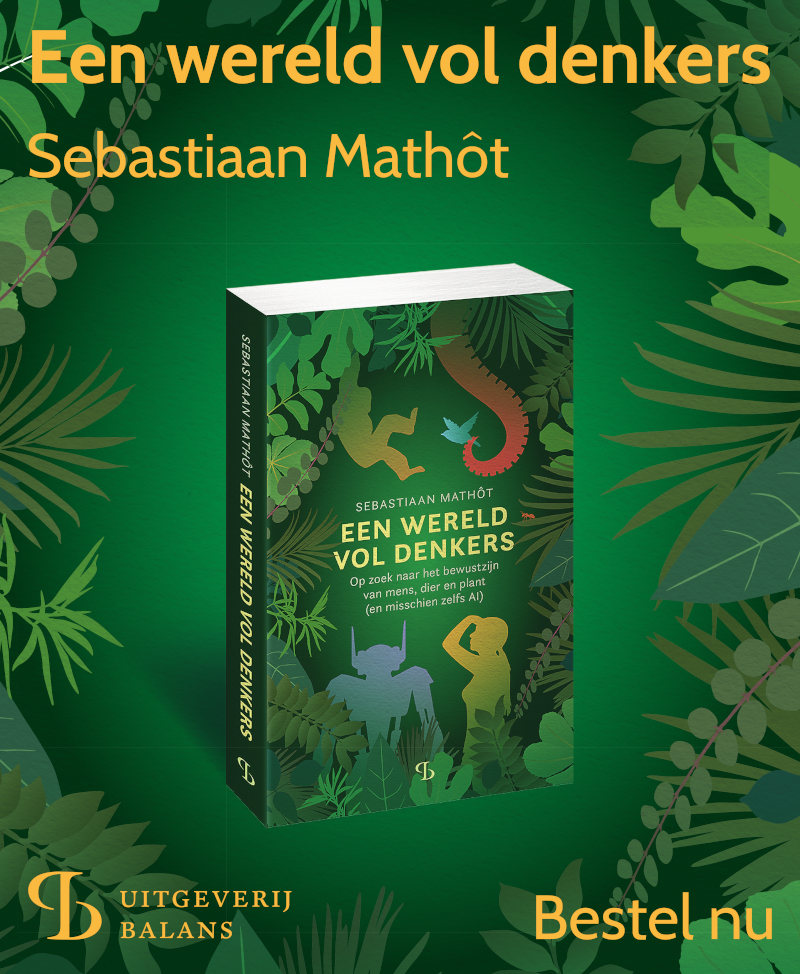There are two experiments that you can participate in online, here at cogsci.nl. Both are cognitive psychology classics. Try it, it's kinda fun (for a little while)!
I just analyzed the data from the feature integration experiment, based on the classic study by Treisman and Gelade. In this experiment, you have to indicate whether a red “T” is present in the display. (Btw, you can still participate in the experiment.)

In the “color popout” condition the red “T” is presented among green “T”-s. In the “shape popout” condition, it is presented among red “X”-es. These conditions are relative easy, because the target differs from the other letters (the distractor stimuli) on a single feature. That is, the target is either the only “T” (easy) or the only red object (even easier). According to Treisman and Gelade, you do not need to search the display for the target in these trials—the red "T" just pops out! Therefore, it doesn't really matter how many distractors there are. In the graph, you can see that, indeed, the “search slopes” for the popout conditions are relative flat: People do not respond much slower or make many more errors, if the red “T” is presented among many green “T”-s (large display size), relative to only a few green “T”-s (and analogously for the shape popout).
The situation is radically different for the conjunction condition. In the conjunction condition, the red “T” was presented among green “T”-s, green “X …


